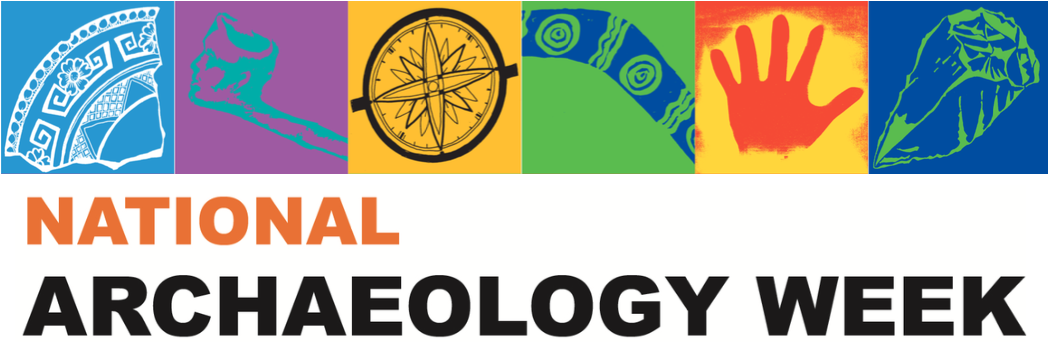Tim Robins
Current position
Director, Everick Heritage and Everick Foundation
Where did you study?
University of Queensland and Queensland University of Technology
How did you become interested in archaeology?
I’m a second generation archaeologist, so I’ve always known about the profession. But I first chose to be an archaeologist when I realised how closely I would get to work with Australia’s Indigenous communities and how I could help them tell their stories.
What archaeological projects are you working on at the moment?
I am currently working on a wide range of projects, but working on our charity projects is my passion. These include helping the Quandamooka People find 5,000+ year old archaeological sites buried in the sand island of Minjerribah (Stradbroke) and working with the Wulli Wulli people to develop remote sensing methods for surveying rockshelters in rugged gorges.
Tell us about one of your most interesting archaeological discoveries.
I guess the very old sites are the ones the grab people’s attention. But sometimes it’s the little discoveries that are the most engaging. One example would be just south of Tamworth, when I found several stone axe blanks wedged in the hollow of a tree. The tree had grown up and around them, so that when I found them they were 3m above the ground. I wonder why the person that hid them never came back for them?
Tell us about a funny / disastrous / amazing experience that you have had while doing archaeology.
If you like to explore new places, then archaeology is fantastic career. From camping at night in the Simpson Desert to waking up in the morning and watching whales off Cape Moreton, amazing experiences are pretty common.
What’s your favourite part of being an archaeologist?
The diversity. Archaeology is not just about burying yourself in the past. It’s also about giving the past meaning in the present. So not only do I get to look at the hard science, but I get to interact with all sorts of groups in our society to help give the archaeology meaning.

